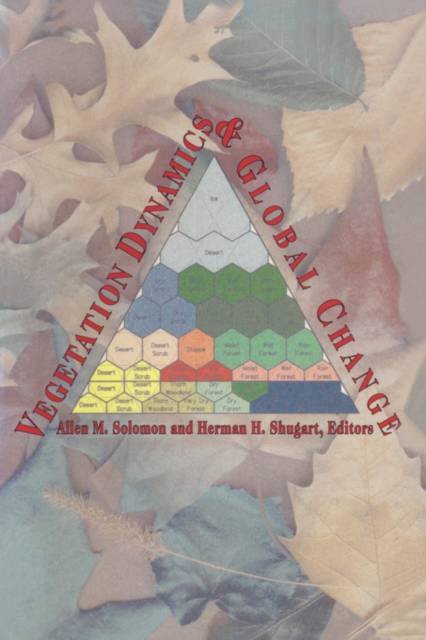
- Afhalen na 1 uur in een winkel met voorraad
- Gratis thuislevering in België vanaf € 30
- Ruim aanbod met 7 miljoen producten
- Afhalen na 1 uur in een winkel met voorraad
- Gratis thuislevering in België vanaf € 30
- Ruim aanbod met 7 miljoen producten
Zoeken
€ 259,45
+ 518 punten
Omschrijving
The response of forests to global climate change is one of the most hotly contested issues in the greenhouse effect debate. Much effort is being devoted to the construction of models which describe the function of the forests and their rate of change. There are a wealth of techniques available to project large-scale vegetation patterns, all based on different underlying models that contain fundamental biological and ecological mechanisms. Vegetation Dynamics and Global Change will introduce both students and professionals to the sophisticated mathematical and computational tools used to predict the rate of change in the world's forests. It emphasizes the importance of scale in global studies. Leaders in the field of vegetation modeling cover physiological phenomena typically measured at small time and space scales; the stand dynamics of forests; large-scale models of forest dynamics; the reconstruction of forest vegetation of past climates as a way to understand current global changes; and the role of forests in the global carbon cycle. Several themes run through the book, including the need to understand how processes important at one time and space scale can be conceptualized at larger scales; the need to optimize the conceptual benefits of representing processes in detail and the attendant difficulties of estimating parameters and designing tests for elaborate models; and the need to identify the most appropriate system variables.
Specificaties
Betrokkenen
- Auteur(s):
- Uitgeverij:
Inhoud
- Aantal bladzijden:
- 364
- Taal:
- Engels
Eigenschappen
- Productcode (EAN):
- 9780412036811
- Verschijningsdatum:
- 31/01/1993
- Uitvoering:
- Paperback
- Formaat:
- Trade paperback (VS)
- Afmetingen:
- 156 mm x 234 mm
- Gewicht:
- 521 g

Alleen bij Standaard Boekhandel
+ 518 punten op je klantenkaart van Standaard Boekhandel
Beoordelingen
We publiceren alleen reviews die voldoen aan de voorwaarden voor reviews. Bekijk onze voorwaarden voor reviews.











